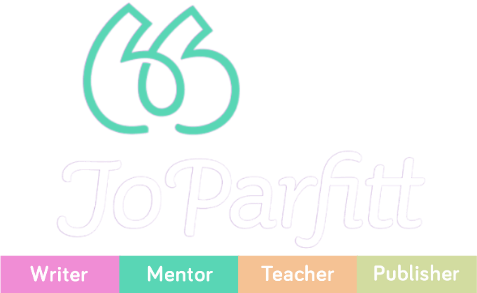Curiosity –> Inspiration –> Creativity: Ten things I learned from re-reading Big Magic
I recently joined a business book club and last month saw me hosting the circle and picking the book. In the end Big Magic by Elizabeth Gilbert was chosen and I was pretty pleased at the choice because I’d already read it. Result, I thought. I don’t need to read it again. Only I did. There was no way I could get away with devising some appropriate questions without doing so.
The number of times I have read a book twice can be counted on one hand. I’m way too lazy for that, so this was a novel (excuse the pun) experience for me. Well, well, well, what a revelation! Who knew that reading a book a second time could be so fruitful? For a start I read it with a pen in my hand so I could underline sections that leapt out at me. Second, I read it carefully and slowly. Creativity is part of who I am and so I had to do a good job.
In the end, I was so blown away by this second read-through that I determined to share the most ‘bigly’ magical elements with you in this month’s Inspirer, so here goes:
- Creativity begins with curiosity. You must first be curious enough about something in order to do something about it, to follow your intuition. This leads to inspiration, and that in turn provokes you to make something and it is the making something that is what creativity is all about. Curiosity –> Inspiration –> Creativity. It’s simple. It’s neat and it makes sense.
- Creativity isn’t always a bag of laughs. It also comes with what she calls a shit sandwich. In other words, some of the things you make don’t make the grade, sell or make you famous. You get rejected. You get blocked. You get laughed at. If you want to be a real creative you need to put up with the shit.
- And on the subject of the shit sandwich. Real creatives make their somethings for the fun of it. They do it for themselves because they want to. They don’t do the Stephen Covey thing of ‘beginning with the end in mind’. They just do it, like Nike. I’ve always believed that artists don’t do their best work when it has been commissioned, but when they still have that curiosity about where their creativity will go.
- And on the subject of doing it for the fun of it, despite the shit sandwich, being creative is like having an affair. You get dressed up for it. You light candles. You wear lipstick. And you make time for creativity, however difficult it is to reorganise your life in order to do so.
- Like someone having a passionate affair you should think of your creative self as a trickster, not a martyr or someone who thinks that starving in a garret is the epitome of being creative. No, you’re a bit of wheeler dealer. A bit of an entrepreneur. You look on the bright side and get on with it. You may feel a teensy bit of a fraud at times but hey, is anyone really looking?
- And on the subject of ‘is anyone really looking?’ Gilbert tells of a woman in her 70s who says that we all live too long thinking other people are judging us. We do not begin to be free of this until our 40s and 50s and it’s not until our 60s that we realise no one was thinking about us anyway. Fancy that?
- Putting your work out there can feel as scary as putting your five-year-old on the school bus for the first time and hoping the bullies don’t get him. Sure, you feel sick. But it has to be done, like getting feedback and having your work edited and actually making pitches. You’ve got to do it.
- My personal favourite though is when she recounts writer Ruth Stone’s idea of an idea galloping towards you and you have to run hell for leather to grab pen and paper and try and catch it before it races by. Though, ultimately you only catch the idea ‘by the tail’, you do catch it. I know this feeling well. So many ideas flit in an out of my mind that I’m lucky if I catch the whole tail. This is why writer Anne Lamott says she always has a tiny pad of paper and pencil in her back pocket.
- And then, related to this story is the powerful and compelling one of how Gilbert had an idea for a novel and worked on it for a long time, even getting as far as selling the idea to her publisher. But then she got busy with something else and the idea lost its lustre. A while later, on meeting the novelist Ann Patchett, she discovered that exactly the same idea had come to Ann. It was uncanny in the number of similarities. And this, I think, is kind of part of the idea in number 8, here, meaning that if you don’t grab the idea off the saddle of that horse as it gallops past someone else will catch it.
- And in conclusion, she claims that creativity is all about paradoxes. It matters and it does not matter. It is sacred and not sacred. We are terrified and brave.
Re-reading Big Magic was a big deal for me, with the excellent points seen more clearly than ever. I hope you have enjoyed my brief round-up of the biggest bits of magic in its pages and trust that your curiosity will be enough to go and read it for yourself.
Curiosity –> Inspiration –> Creativity


